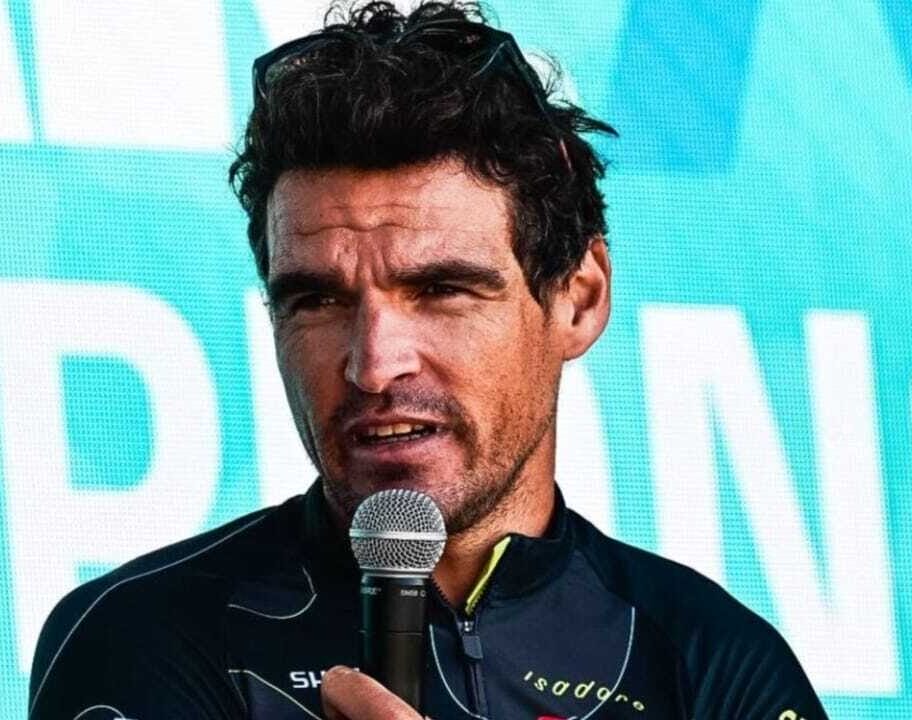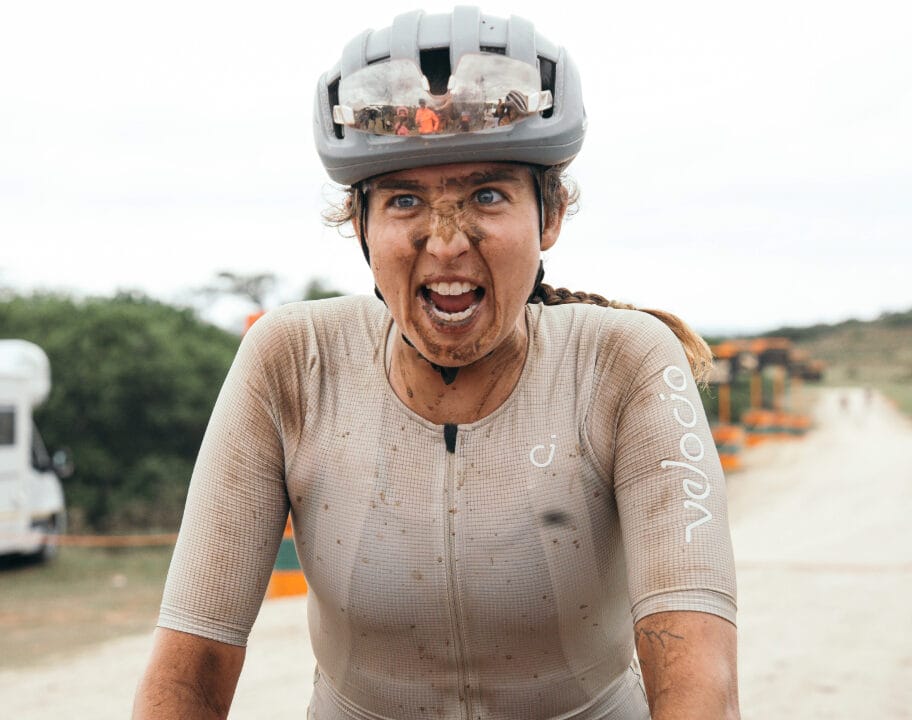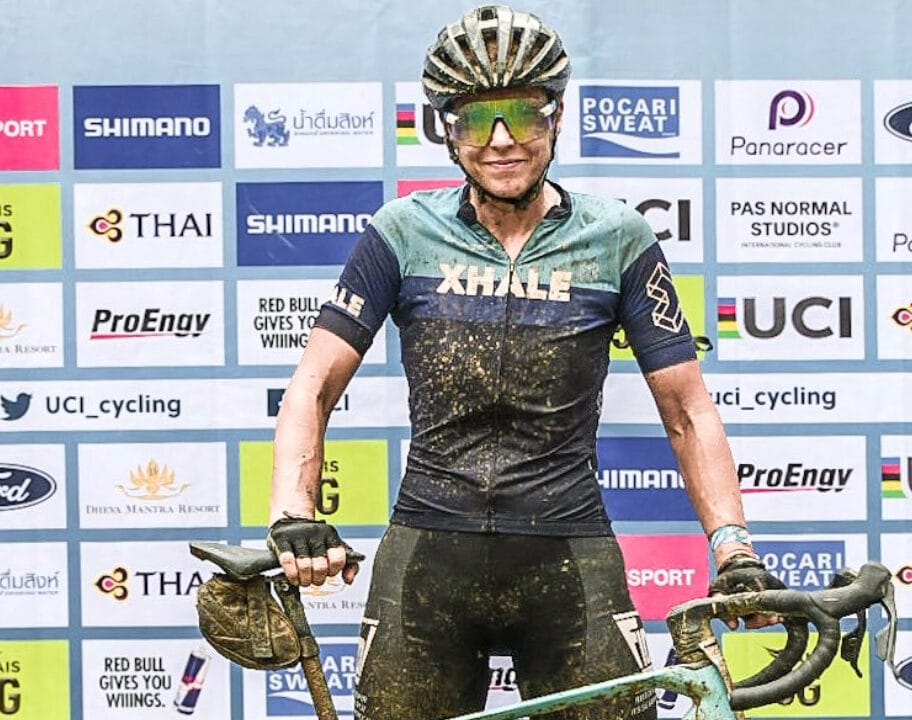Bikepacking is a mixture of bicycle touring and backpacking. Conjuring up weekends spent under the stars, long distance paths travelled and carrying only what you really need.
But having the right gear will dramatically improve your experience, and what you need to bring will depend on your trip duration, conditions and your general style of packing. And with so many bikepacking kit options currently on the market, it can be quite overwhelming figuring out the best setup!
From bike bags and sleeping systems, to what cooking fuel to use. I’ve distilled the key things to think about when collating your gear in this helpful guide.
New to bikepacking? Check out my beginner’s guide to bikepacking.
Bikepacking bags
Bike bags are a must and there are a lot of options, from top tube, frame, stem, handlebar, saddle packs to panniers and rack packs and everything in between. To further add to this choice, these bags all come in different sizes too.
A frame bag sits in your frame and can either fit the full frame or just the top section. A handlebar pack, also called a bar bag, attaches to your handlebar while a saddle pack sits underneath your saddle.
A stem bag is great for snacks and easy access to items, as is a top tube bag. While panniers sit on the side of your bike on the fork or at the rear. Rear panniers require you to have a rack on your bike as do the aptly named rack packs.
Rack packs have become increasingly popular thanks to their versatility but it’s worth noting that having a rack on your bike will also add some weight.
Different bike bag options
- Frame
- Saddle
- Handlebar
- Fork
- Stem
- Top tube
- Backpack
- Panniers (front and rear)
- Rack pack
Ultimately, the best bag setup depends on your type of riding and distance. My favourite setup for a weekender is a top tube bag for easy access to my boiled potatoes and jam sandwiches (my go-to on-the-bike snacks!), a handlebar pack with my sleep setup. And a saddle bag with cooking instruments and extra clothes.
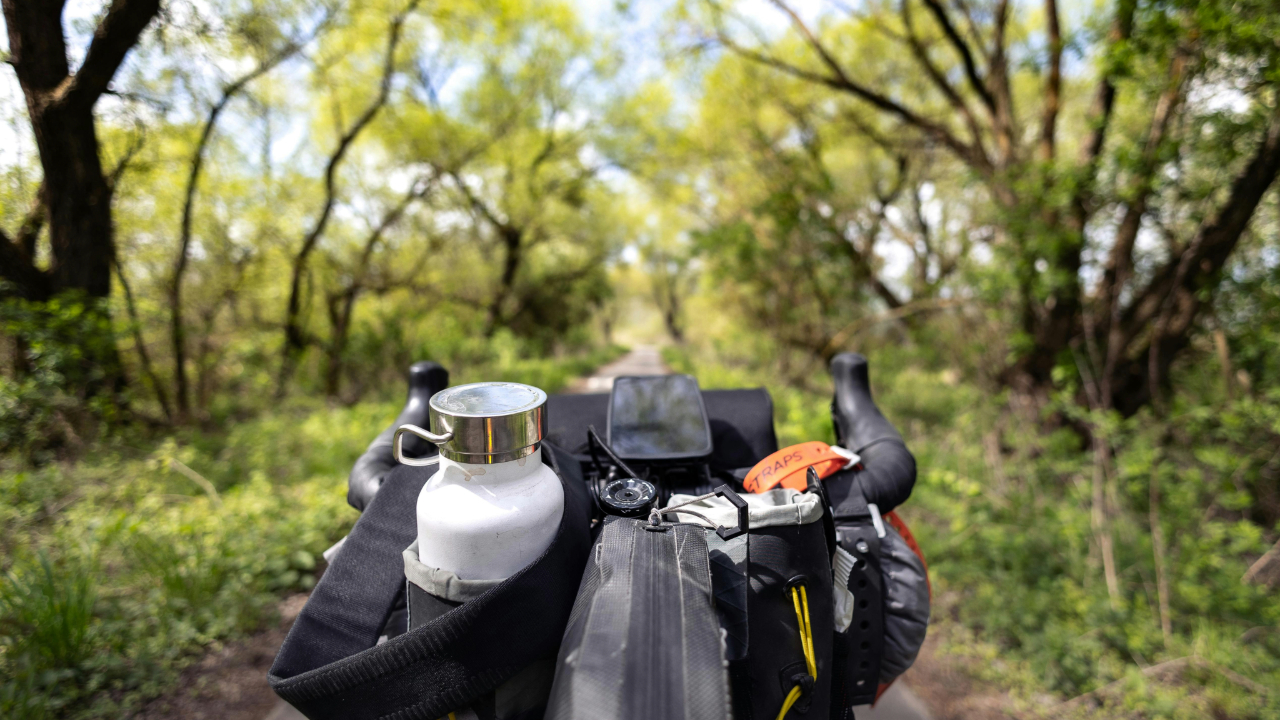
For a lighter setup try a small frame bag with repair kit and snacks plus a saddle pack with bivvy bag, sleeping bag, cooking setup, and spare clothes.
For a longer jaunt where touring is the priority I prefer adding a rack to my bike and using a relaxed pannier setup with a frame bag and handlebar pack, but you can mix and match as you please.
Top tips:
Split items into tote bags to keep things organised. This is especially useful as a tote bag stuffed with clothes makes for a great pillow.
Avoid using a backpack for long distances as this can cause discomfort.
Sleep system
Camping is the most common way to sleep when bikepacking with options including a tent, a tarp, a bivvy bag or a hammock. You’ll also want to consider a sleeping bag, sleeping bag liner and sleeping mat. A sleeping bag liner is not essential, but it can be great for upping the temperature of your sleeping bag if needed – so factor in the overnight weather conditions.
When spending a few days or more on the road I bring a lightweight tent, sleeping bag and inflatable mat. I prefer an inflatable sleeping mat as it packs down neatly and is very lightweight, however some people simply strap a sleeping mat to the back of their bike.
For a single night bikepacking trip, a bivvy bag and sleeping bag setup is a great lightweight option and means literally sleeping under the stars. But it is worth bearing in mind that bivvy bags offer less protection from the elements than a tent.
It’s also important to consider where you will be sleeping. You can wild camp in Scotland and Dartmoor in the UK, ensure you check all local regulations and follow the leave no trace principles. Elsewhere you would need to book a campsite or alternatively you could also explore other cycle touring friendly accommodations such as the platform Warm Showers.
As mentioned above, stuffing a tote bag with your spare clothes makes for a great alternative to a pillow. You could bring an inflatable version, but this is a nice to have extra.
Cooking: tips for fuelling your bikepacking adventure
There is a plethora of cooking setup options for bikepacking from stove to fuel type depending on your culinary desires. Fuel choice will affect cooking time, weight and ability to cook in various conditions. For longer outings, the most important factor is what type of fuel will be available if you need to restock.
Canister, alcohol fuel, multi-fuel, wood burning and solid fuel are the types of stoves most used in bikepacking.
A canister stove is powered by a pressurised gas canister which is usually a blend of butane and propane. This is the most common type of bikepacking stove given the ease of use and access to canisters.
Liquid fuel stoves use white gas, kerosene or even unleaded petrol and are good for long-term bike travel given the availability of the fuel but require much more maintenance. Wood burning and solid fuel stoves are less popular.
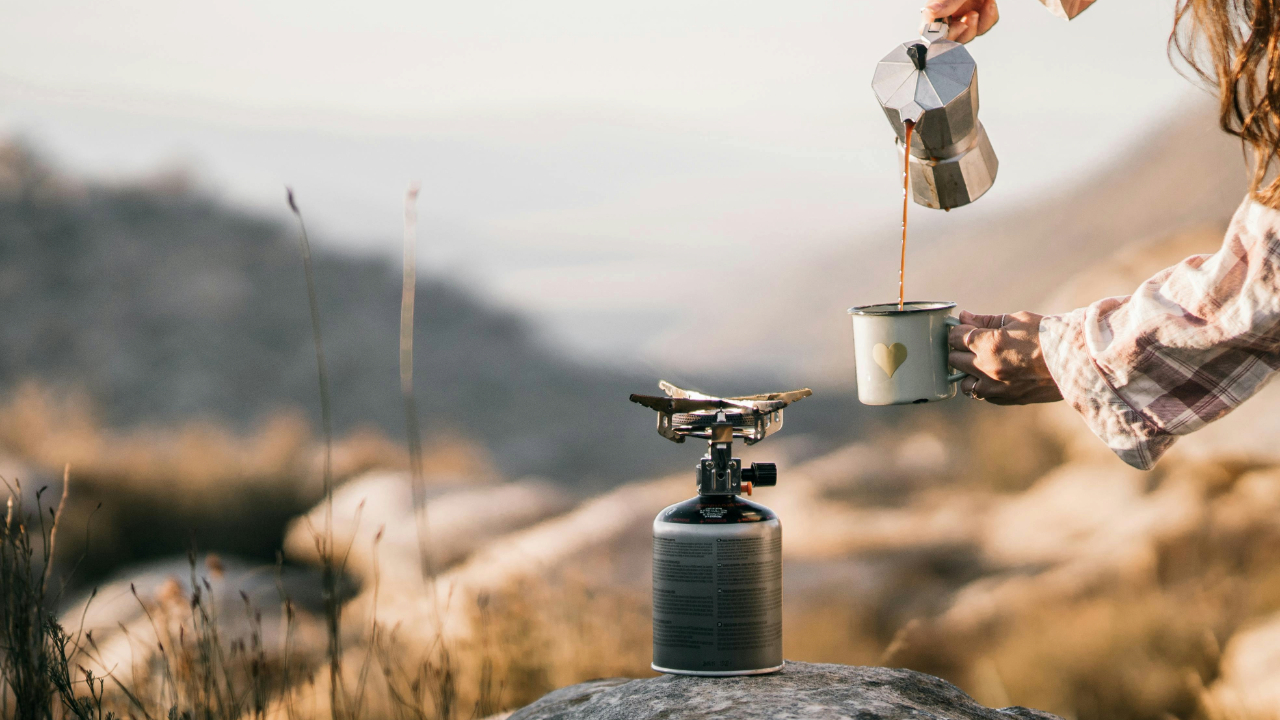
Personally I opt for an alcohol burning stove and I use the Alpkit Bruler thanks to its simplicity, light weight and effectiveness. Alcohol burning stoves use methylated spirits, also called denatured alcohol.
My cooking setup of choice is a compact stove, small bottle of methylated spirits, lighter, titanium pot and a spork. The stove, lighter and spork fit into the pot, with extra space for food items if needed. I admit that I use my own sock to pick up the hot pot off the stove, but you don’t have to do this so bring a cloth or similar if you prefer!
This setup is very simple, minimalist and lightweight but does restrict me to only cooking pasta, rice or similar which for me is a culinary delight when out on the road.
A must have is a spork (the combination of a spoon, fork and knife) and if a morning coffee is your thing, you could invest in an Aeropress.
Bikepacking cooking gear list:
- Stove
- Fuel
- Pot
- Lighter
- Spork
- Mug (optional)
Repair kit and other essential bikepacking tools
Taking a good repair kit is essential for any bikepacking trip, and knowing how to use this kit equally so. There is always YouTube should you need a video on how to fix something.
The tool kit can go on forever, and you’ll want to avoid bringing the kitchen sink. So start with the essentials:
- Multi-tool with chain breaker
- Tyre levers
- Patch kit
- Mini pump
- Spare inner tubes
- Plugs (if you’re running tubeless)
- Chain lube
- Head torch
- Zip ties (you’d be amazed at how many things can be fixed with zip ties!)
- First aid kit
There are also a few nice to haves you can consider if you’ve got space in your bags:
- CO2 canister for fast tyre inflation
- Chain links
- Extra tyre sealant (tubeless set ups only)
Clothing – what cycling kit should you wear for bikepacking?
Given that you will be riding your bike for a while, comfortable and breathable clothing is essential. Start with your favourite cycling kit and add a few extra layers as these are key for the transition between day to night.
Summer bikepacking essential apparel kit list
- Bib shorts (I’d recommend the cargo style bibs as pockets are always useful!)
- Cycling jersey
- Rain jacket
- Socks
- Cycling shoes
- Sunglasses
- Helmet
Off the bike clothing and additional layers
Chances are once you arrive at your sleeping spot you won’t want to sit around all evening in the cycling kit you’ve spent all day riding in. So it’s worth throwing in a few extra bits of clothing to keep you comfortable.
- Lightweight jumper/sweater
- Puffy jacket
- Tee shirt
- Casual/comfy shorts (so you’re not stuck in your sweaty bibs all the time!)
Other things to consider
This is by no means an exhaustive list for bikepacking gear, as there are many setups you could choose between. For instance, a dynamo hub is a great option for powering long distance bikepacking. It allows you to charge devices and power your lights while riding as it generates electricity as you pedal.
Hydration vests have grown popular in racing and are a good option for easy drinking on the go. Also consider whether you need a water filtration solution – this will largely depend on where you’re riding and the availability of shops/cafes/facilities to get fresh water.
You will also want a good GPS device, as well as charging cables and a battery pack.
Oh, and don’t forget the most essential thing to pack: your sense of adventure!

